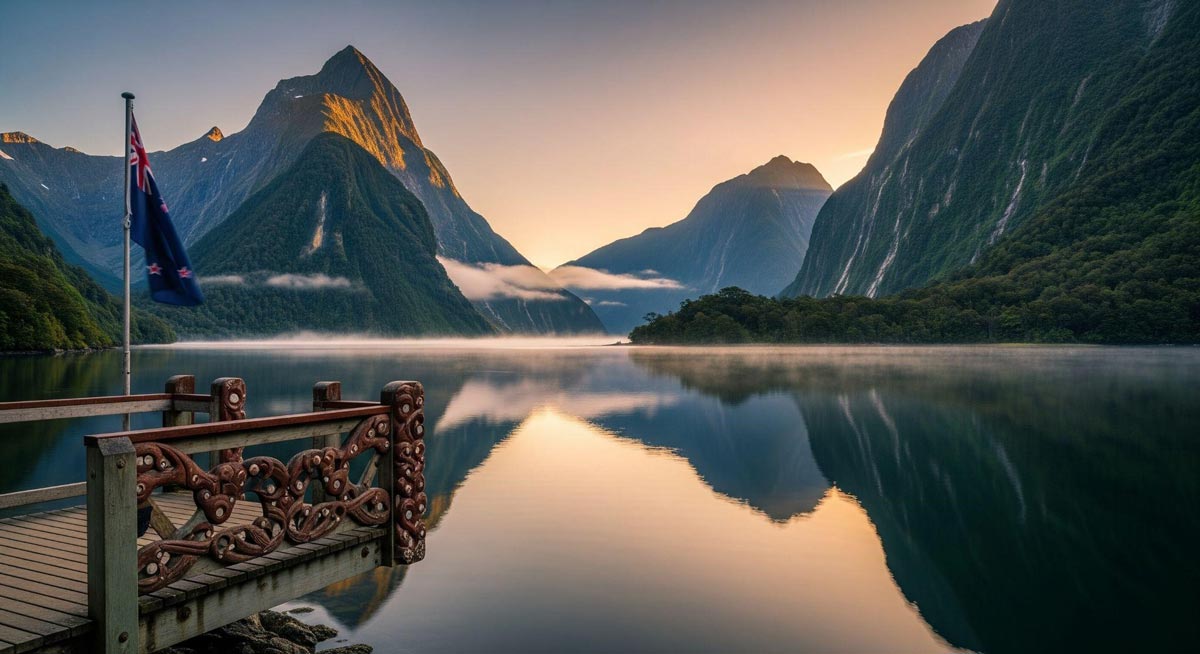Foreign visitors to pay up to NZ$40; funds to protect landscapes
A landmark step in sustainable tourism
New Zealand, long hailed as one of the most beautiful countries in the world, is making a significant move to preserve its natural treasures. From 2027, the government will introduce New Zealand entry fees for foreign visitors to some of its most famous natural attractions.
The New Zealand tourist charges will range from NZ$20 to NZ$40 per site and will apply to destinations that see a high proportion of overseas tourists — in some cases, up to 80% of total visitors.
Where the fees will apply
Among the sites set to be included in this plan are:
- Cathedral Cove / Te Whanganui-a-Hei – a coastal paradise known for its dramatic archway and turquoise waters.
- Tongariro Crossing – one of the world’s most famous alpine treks, crossing volcanic landscapes.
- Milford Sound – a breathtaking fjord often called the “eighth wonder of the world.”
- Aoraki Mount Cook – New Zealand’s highest peak and a magnet for hikers and climbers.
Why it matters
The government estimates the fees will generate
NZ$62 million annually. These funds will be
reinvested entirely into conservation efforts — maintaining tracks, upgrading facilities, and protecting fragile ecosystems from the pressures of mass tourism.
Conservation Minister
Tama Potaka emphasised that the move is about fairness:
“It’s only right that foreign visitors contribute more to the upkeep of these special places.”
Importantly,
New Zealand residents will continue to enjoy free access to all these sites.
Part of a bigger conservation reform
The tourist fee represents just one of the elements that are part of a comprehensive change in New Zealand’s conservation laws. The changes are intended to achieve a balance between protecting the environment and increasing the country’s economy by:
- Permitting more business activities in environmentally protected areas without the requirement of permits.
- Reducing the restrictions on land sales and exchanges.
- Providing incentives for the responsible use of natural resources while also protecting the ecological and cultural aspects of the community.

What travellers should expect
For the majority of tourists, the fee will be just a small addition to the cost of their trips, but will be an important contribution to the conservation of these landscapes in their original state. It will gradually become the norm to pay for
visiting New Zealand’s natural wonders, and this money will be used for maintaining them – a direct contribution towards the preservation of the world’s most beautiful places that people from all over the planet come to see by 2027.